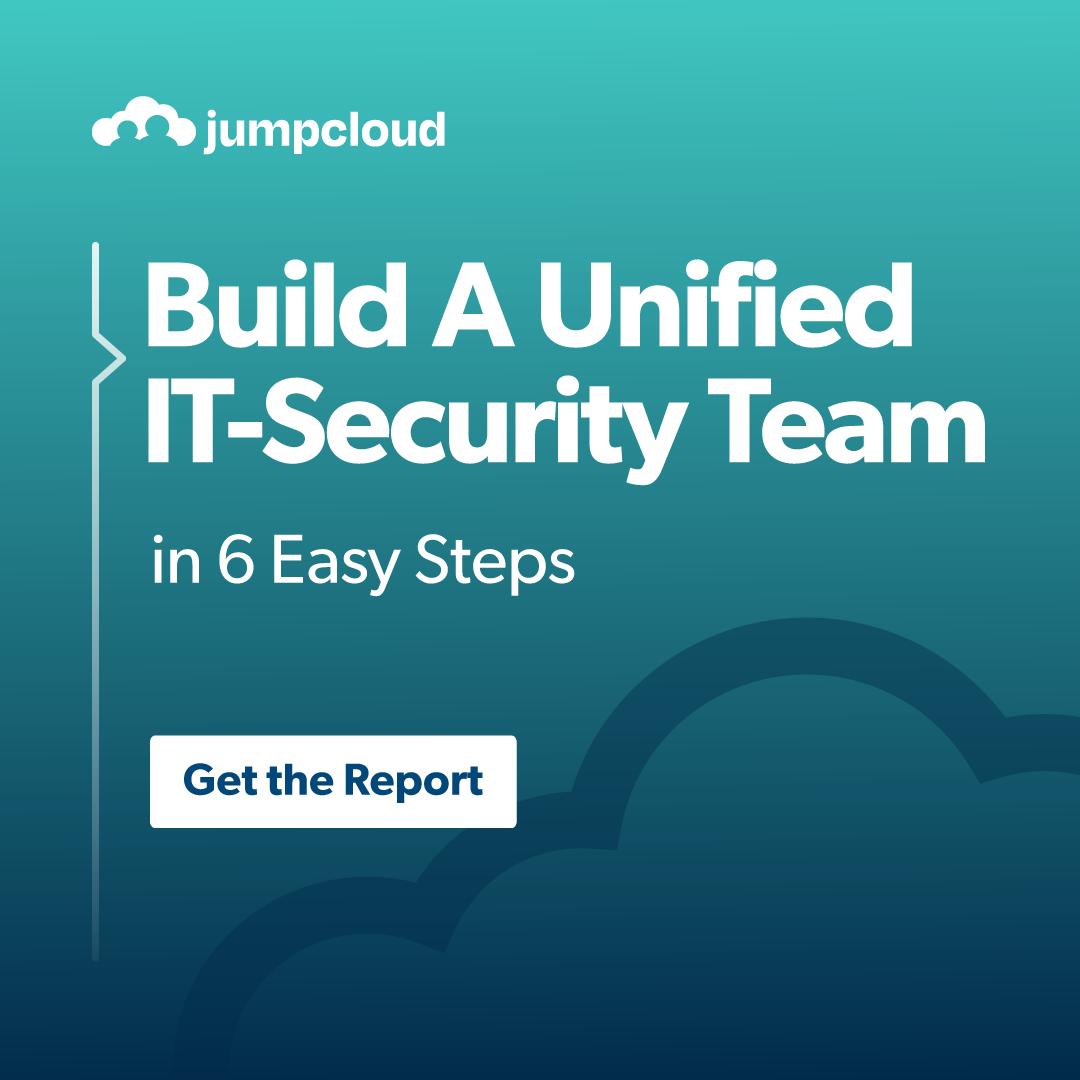The DevOps model helps teams create software faster. It’s built on a culture of teamwork, automation, and shared responsibility. But this speed can cause security risks if you don’t add security controls directly into your work.
Securing a DevOps environment means moving away from traditional security. Instead, security must be automated and built into every step of the process. This approach turns security from a roadblock into something that helps you get software out faster and more reliably.
This article explains how to build a strong security plan in a DevOps organization. You’ll discover how to add security measures. These will keep things running smoothly while protecting key systems and applications.
Key Ideas and Terms
Understanding the basic ideas behind DevOps security is the first step. These concepts are a new way of thinking about security.
- DevSecOps: DevSecOps adds security practices to the entire DevOps process. Security becomes a shared responsibility, not a separate team’s job. Security checks are built into the entire development pipeline instead of being a final step before software is released.
- Infrastructure as Code (IaC): Infrastructure as Code manages and sets up computer systems using code instead of manual steps. This is a core part of DevOps. Security is now focused on this code because system setups are now versioned, reviewed, and deployed just like regular software code.
- Continuous Integration/Continuous Deployment (CI/CD): Continuous Integration/Continuous Deployment is an automated system. It builds, tests, and releases code. Security checks are built into this system. They scan for problems at every stage. This stops insecure code from ever getting to the final product.
- Shift-Left Security: Shift-Left Security moves security to the beginning of the process. Instead of testing for security only at the end, security checks are done while the code is being written. This makes it easier and cheaper to fix problems.
Security Practices
For security in a DevOps environment, use practices that align with developers’ work. Each practice focuses on a specific aspect of security. They also help keep processes quick and automated.
Automated Security Testing
Automated security testing adds different scanning tools into the CI/CD system. These tools work without a person needing to start them. They run automatically whenever code is changed or released.
- Static Application Security Testing (SAST) scans code for problems without running it. It looks at code patterns to find security issues.
- Dynamic Application Security Testing (DAST) tests a running application from the outside. It imitates attacks to find problems that only show up when the software is working.
- Software Composition Analysis (SCA) finds open-source code components and looks for known problems in them. It checks your code against lists of known vulnerabilities.
Infrastructure as Code (IaC) Security
Securing systems managed by code requires special methods. It treats the system setups with the same care as the software itself.
- Policy-as-Code defines security rules as code. These rules stop insecure setups from being deployed. For example, a rule might stop you from creating a public storage bucket.
- IaC Scanning uses tools to scan IaC code before it’s deployed. These scanners look for common mistakes like open network access or missing security settings.
Secrets Management
Securing sensitive information like passwords and keys requires a good system. It prevents them from being exposed while still being useful.
- Vaulting uses a central, secure “vault” to store secrets. This keeps them from being put directly into code files. Vaults provide secure storage and prevent unauthorized access.
- Rotation automatically changes passwords and keys. This reduces the time an attacker has to use them if they are stolen.
Continuous Monitoring
Security doesn’t stop after the software is released. It requires constant monitoring and fast responses in real-time.
- Runtime Application Self-Protection (RASP) lets applications monitor themselves and block attacks as they happen. RASP tools work directly within the software to provide instant protection.
- Intrusion Detection/Prevention Systems (IDS/IPS) are systems that watch for bad activity. They check network traffic and system behavior to find and block security threats.
Key Features
A complete DevOps security plan uses several key parts that work together to provide full coverage.
Centralized Logging and Analytics
Centralized logging collects all security logs from all systems. This system gathers, normalizes, and analyzes log data. It helps you find security patterns and problems in your entire environment.
Container Security
Container security focuses on protecting containerized applications.
- Image Scanning scans container images for problems before they are deployed. This prevents insecure containers from being released.
- Runtime Protection watches containers for suspicious activity while they are running. It tracks what the container is doing to find and stop threats.
Identity and Access Management (IAM)
IAM sets rules to ensure each person and application has the minimum access they need. IAM systems restrict access so individuals can only reach the resources required for their jobs.
Advantages and Trade-Offs
Advantages
- Speed: Automated security lets teams keep developing quickly without risking security.
- Early Detection: Finding problems earlier saves time and money. It also stops security issues from reaching customers.
- Consistency: Automation makes sure the same security rules are used everywhere.
Trade-offs
- Process Integration: Building security into a DevOps system can be tricky. It needs special skills.
- Initial Cost: The initial investment in tools and process changes can be high.
- False Alarms: Automated tools can sometimes give false alarms. Teams need to have a process to handle these alerts without missing real threats.
Challenges
Implementing DevOps security has some common challenges.
- Tool Integration: Bringing different security tools from various vendors together can be hard. You have to make sure the tools can share information and avoid doing the same work.
- Skill Gaps: Developers and operations engineers need to understand security principles. This requires a lot of training. Companies must help their teams learn about security without losing focus on their main jobs.
- Changing the Culture: Moving from a separate “security team” to a shared responsibility model requires a big cultural change. Companies need to encourage teamwork between security, development, and operations.
Building a Secure Future
Securing a DevOps environment requires a big change in how a company thinks about security. By building security checks into the process, automating security testing, and creating a culture of shared responsibility, companies can release software quickly while staying secure.
Success depends on choosing the right tools, practices, and processes for your company. Start with basic practices like automated testing and secrets management. Then, you can add more advanced security features.





